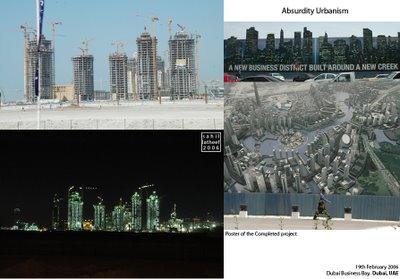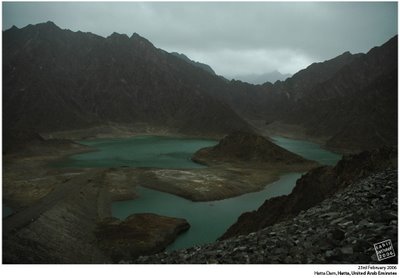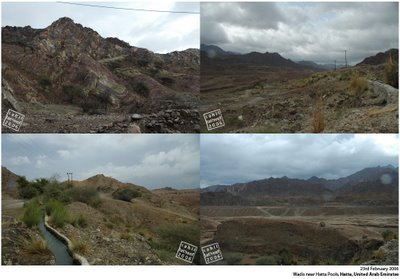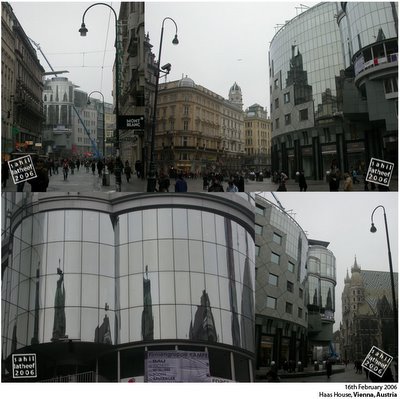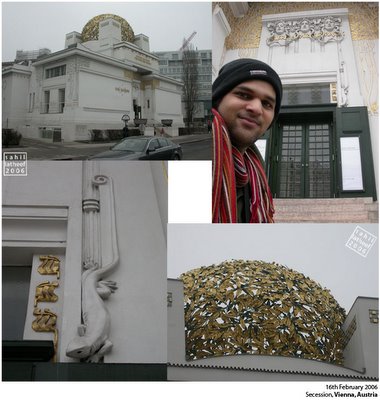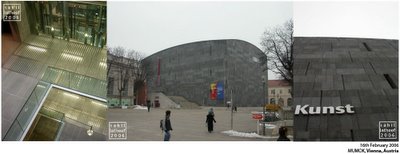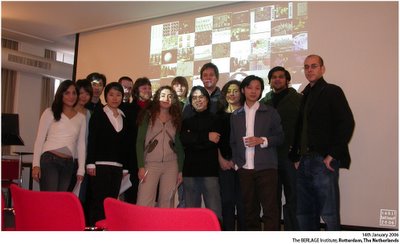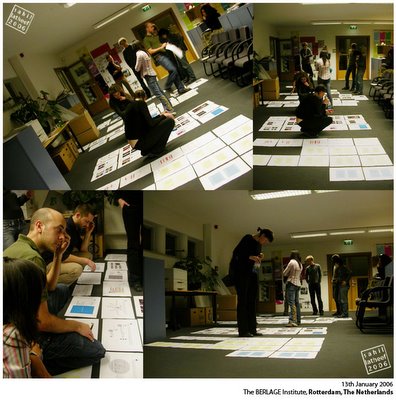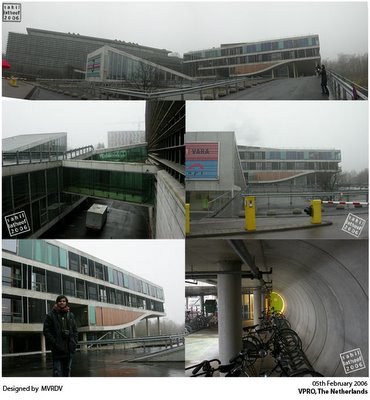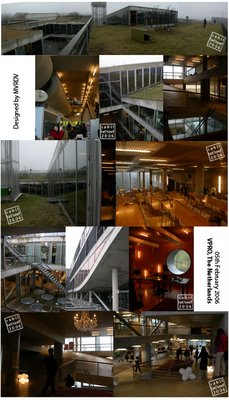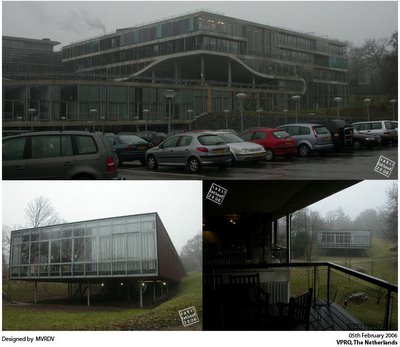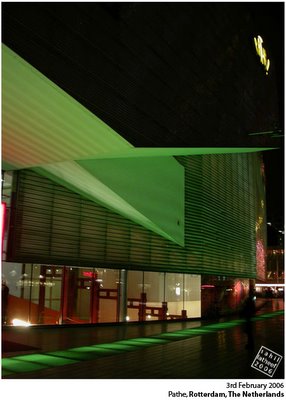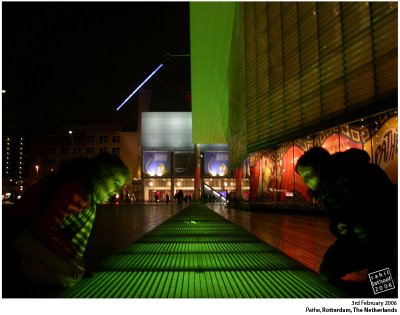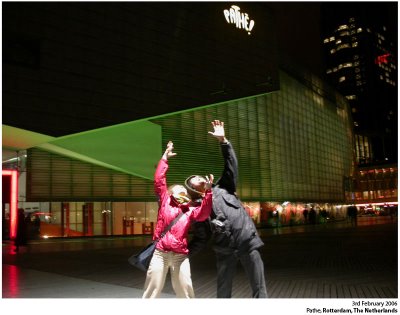Different Architects, Planners and Urban (Social) theorists have over the past few decades written extensively on the topic of ghettoization and transformation of various urban landscapes across the globe into ‘Gated Communities’ or even into experiments of ‘Urban Fantasies’ (theme park like realities).
During my architectural education and work in
These areas of the city in a sense seemed more like – Pockets of Absurdity – where the urban fabric of the city was distorted beyond recognition. However, over the years this tremendously successful model has been constantly readopted (especially in suburban Bombay) and accompanying this process the city has also managed to recapture parts of these areas through familiar networks of seemingly disorganized programmatic interventions. Inevitably these Processes have started blurring the clear distinction between the ‘Absurd’ and the ‘Real’ by reincorporating many of these pockets into a new (identity of the cities) urban fabric.
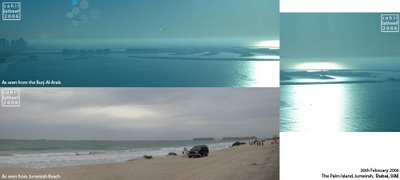
Meanwhile, back home,
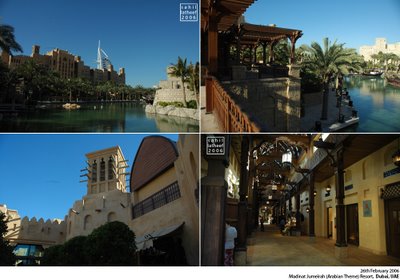

Read and see more from Dubai HERE

